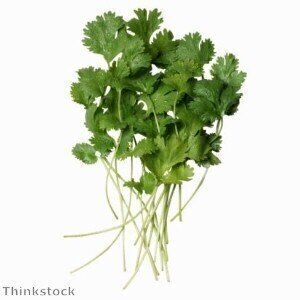Microscopy & Microtechniques
Endangered species of medicinal herbs grown in test-tubes
May 16 2012
Scientists in the Russian Siberian city of Barnaul are cloning endangered species of medicinal herbs in test tubes in order to preserve the species in nature in the future.
Growing natural resources of medicinal herbs in laboratories has become an increasingly common occurrence, with many environmentalists criticising the actions. But new laboratory methods may prove to be the only way to preserve endangered species, with scientists from Altai State University growing the medicinal herbs in test-tubes to preserve certain species.
Altai is becoming the capital of endangered medicinal herb species dispensers used as raw materials to manufacture biologically active additives. It is an environmentally safe region, which makes it an ideal base for pharmaceutical plants to operate.
But Mother Nature seems to be lagging behind a surge of consumer increase from across the world. Some herbs, such as Snowdon rose or Golden root are frequently touted as being the best alternative to Ginseng in terms of health effects, but the growing process for both the herbs is laborious and time consuming.
Indeed, Mikhail Skaptsov, senior lab technician from the South Siberian Botanic Garden, says that many medicinal herb species are now on the verge of extinction.
To counteract this problem, scientists from the university have proposed that cloning plants would help provide the medical industry with medicinal herbs. Microclonal propagation has been proposed as the method for this, and according to the project’s coordinator Maxim Kutsev, it enables producers to obtain hundreds or even thousands of plants using only one bud.
The process consists of several stages, starting with picking a quality donor plant and placing the necessary tissue for cloning into a test tube on a culture medium that provides nutrients. It is then chemically treated to produce shoots, which turn the buds into whole plants.
Once this process has occurred, they can then by planted out in greenhouses, making the process quicker and far more rewarding.
Posted by Neil Clark
Digital Edition
ILM 49.5 July
July 2024
Chromatography Articles - Understanding PFAS: Analysis and Implications Mass Spectrometry & Spectroscopy Articles - MS detection of Alzheimer’s blood-based biomarkers LIMS - Essent...
View all digital editions
Events
Jul 30 2024 Jakarta, Indonesia
Jul 31 2024 Chengdu, China
ACS National Meeting - Fall 2024
Aug 18 2024 Denver, CO, USA
Aug 25 2024 Copenhagen, Denmark
Aug 28 2024 Phnom Penh, Cambodia











24_06.jpg)






